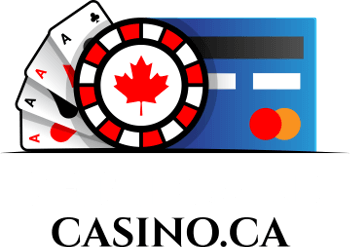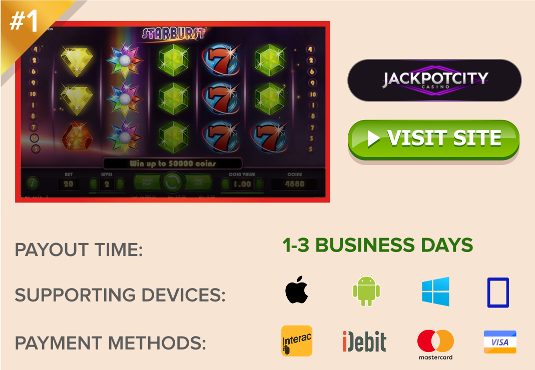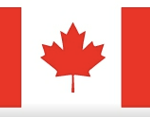How to Play Farkle
Learn the rules of Farkle, one of the oldest known dice games still in remarkably popular existence!

Farkle is a dice game based on risk, guts and ultimate glory for the winner. It’s about taking chances that could lead to disaster, or win you the whole game in the final moments. Perhaps that’s why it’s still so popular after all these centuries.
The history of the game is a matter of controvertible debate. Some say it dates back to the 1300-1400s, when Sir Albert Farkle first played in Iceland. Other contend that it came to the Americas via French sailing ships in the 17th century, or that is was derived from a berry vine native to Texas. However it came to be, I and countless others can at least agree that we’re glad it did!
Farkle Rules – Official
Farkle has undergone many rule changes throughout the years, particularly in scoring methods. The following is an easy to follow guide describing the official rules of the game.

Note that there are two ‘official‘ versions sold in North America, FARKLE and FARKEL. Both use verbiage that leads consumers to believe they are the real, original game. FARKLE is touted as “the classic” game, while FARKEL calls itself “the original” game.
Which is the true original? There’s some debate to that question too, which we attempt to answer in this exploration of Farkle’s origins. What I can tell you is that if you don’t buy the correct game described here (Farkle, not Farkel), the rules won’t match up!
How to Play Farkle
To play Farkle, you’ll either need to purchase a basic set of the game, or gather 6 dice and draw out or print out some basic Farkle score sheets. You can also use pen and plain paper, but the official score sheets provide a basic reference for scoring that serves at a great reminder for beginners.
Farkle is a game for 2 or more players. You can have as many as you like. Just know that the more players you have the slower the game gets, which can create lulls of boredom for those in waiting.
Like most dice games, the object is to achieve the highest score.
Rolling the Dice
Each time you roll the dice, you must roll a scoreable combination of some sort. If there’s no score to be taken, your turn is over. So long as you can claim score of any amount, you have two options. You can either stop rolling and take that score, or you can keep the die/dice that scored and roll the rest of the dice again. If you choose to roll again, your score must increase on that roll, or you lose all current points and your turn is over. Any turn that ends without taking score is called a “Farkle”.
In general, you’re looking to roll a 1 or 5, any 3 of a kind or better, three pairs, or a straight of 1 thru 6. However, you cannot combine dice from two separate rolls to create a scoring combination.
Scoring in Farkle
Certain dice or combinations of dice are worth points. They include:
- Any 5 = 50 points each
- Any 1 = 100 points each
- Three 1s = 300 points
- Three 2s = 200 points
- Three 3s = 300 Points
- Three 4s = 400 Points
- Three 5s = 500 Points
- Three 6s = 600 Points
- Any 4 of a Kind = 1,000 Points
- Any 5 of a Kind = 2,000 Points
- Any 6 of a Kind = 3,000 Points
- Straight 1-6 = 1,500 Points
- Three Different Pairs = 1,500 Points
- 4 of a Kind + Pair = 1,500 Points
- Two 3 of a Kinds = 2,500 Points
- Three FARKLEs in a row = Lose 1,000 points
Note: Many documents state that a 3 of a Kind in 1s is worth 1,000 points, but I have an official Farkle game (in hand as I type this), and I can assure you, the official rules of this game (Farkle The Classic Dice-Rolling, Risk-Taking Game, distributed by Patch Games Inc.), states “1 1 1 = 300 pts.”
Opening Score: In order to start banking any score, a player must first accumulate an opening score of 500+ points in a single play. If the player scores anything less than 500, the points cannot be banked. Players will generally keep rolling until they score 500, or Farkle out. However, if you’ve Farkled twice in a row, it’s better to stop before 500 points than risk Farkling out again, incurring a loss of 1,000 points!
Hot Dice: If aplayer is able to score points on all six dice, they are said to have Hot Dice. They get to roll all 6 dice again and continue earning points for the play. However, those points have not yet been banked. It’s still possible to Farkle out and lose them all, so be careful! The odds of Farkling on a 6-dice roll are slim, so it’s generally worth it.
Playing the Game
The game starts with each player rolling 1 die. The roller of the highest number goes first. Players then take turns in clockwise order. The first player will roll all 6 dice.
In order to take any score, a player must first Open. To open is to bank at least 500 points.
Example 1: Let’s say Player 1 rolls 1-2-3-5-6-6. Knowing he needs 500+ to bank, he chooses to keep the 1 and re-rolls the rest. He then rolls a 1-3-3-3-6. He keeps the 1 and 3s and banks the score of 500, successfully opening. He then passes his turn to the next player. Had he failed to score 500, he would have Farkled, losing all accumulated points for that turn.
Example 2: Now that he’s opened, let’s say it’s Player 1’s turn again. This time, he rolls 1-1-4-4-5-6. Since he cannot combine dice from separate rolls to create a scoring combination, he cannot keep the 1-1-4-4 and roll for another pair. Also, if he keeps the 1-1-5, then rolls again and receives another 1, it will not constitute a 3 of a Kind in 1s. So instead, he chooses to keep the 1-1-5, bank the 250 points and pass his turn.
Example 3: This time, the player rolls and receives 1-1-5-5-5-5. This is a unique and high scoring roll worth 1500 points for “4 of a Kind + any Pair”. Note that the points do not stack. He cannot take 200 for the 1s, 200 for the 5s, and 1000 for the 4 of a Kind. Only the highest score per die can be taken. However, because he has scored on all six dice, he has Hot Dice and gets to roll again for a chance to score even more points. He rolls once more for 1-4-4-5-5-6, a 200 point roll that gives him a total bank of 1,600 on the play as he happily passes the dice to the next player.
Example 4: Next time around, he rolls all six dice. He rolls 1-2-2-3-4-6. Only the 1 is worth points, so he keeps it and rolls again. The next roll is 2-3-3-4-4. He has not earned any additional points, therefore he Farkles out. No score is taken. His turn is over.
Winning Farkle
A game of Farkle does not end until one player achieves a score of 10,000. Once this happens, every other player gets one more turn to try and beat this player’s score. This is where the game gets really interesting!
Up to this point, players tend to be more cautious, but when the game is on the line, those coming from behind must take more risks to get ahead. The player with the highest score following the final round is the winner.
Want to learn more about Farkle? Increase your knowledge of the game with the links below:
 Jackpotcity.com is our editorial pick for your gaming needs. Currently offering an entire suite of casino games, as well as a wide range of Canadian deposit options, JackPotCity truly offers world-class gaming.
Jackpotcity.com is our editorial pick for your gaming needs. Currently offering an entire suite of casino games, as well as a wide range of Canadian deposit options, JackPotCity truly offers world-class gaming.





